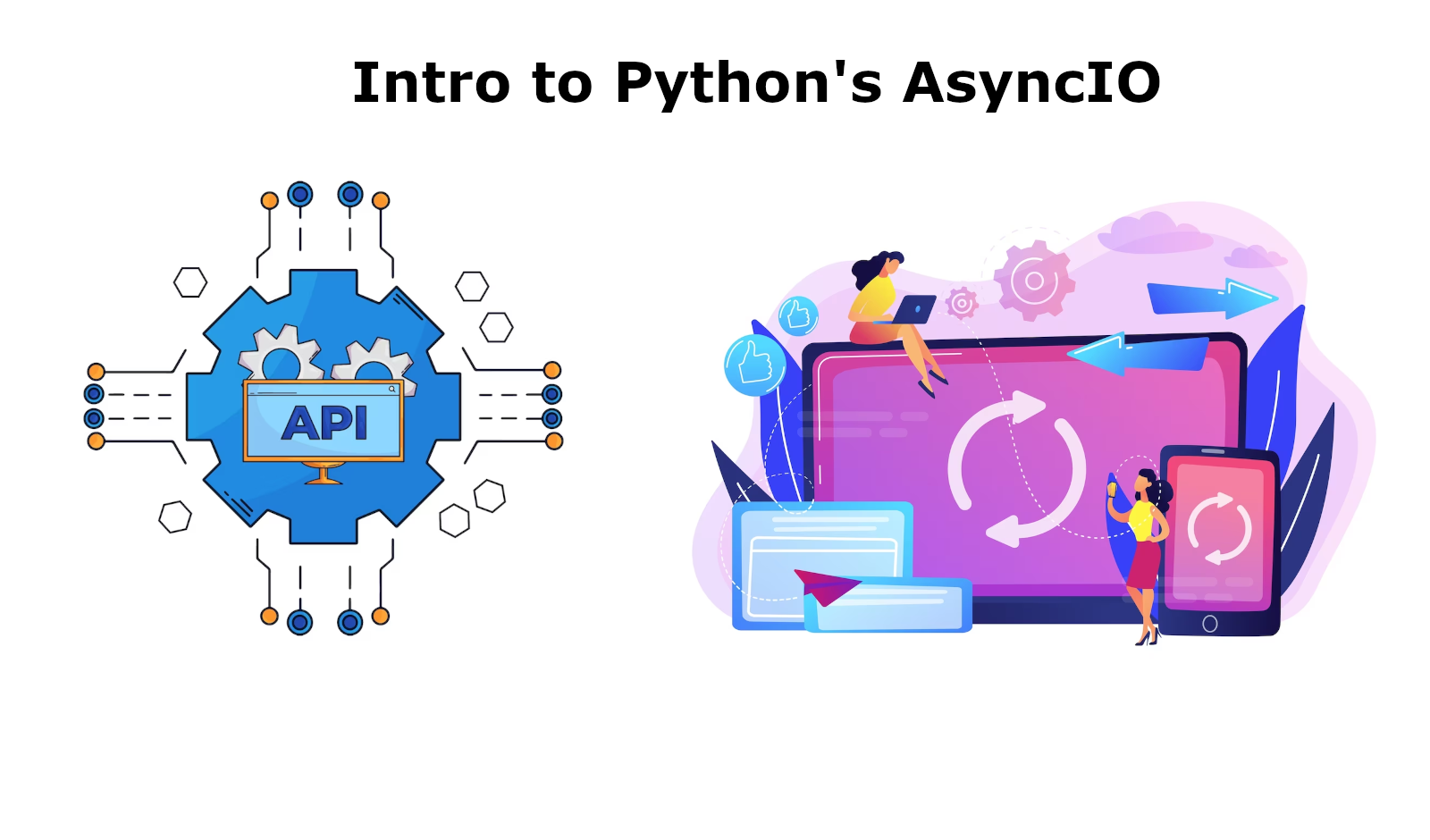Python Async IO 101
 Nikhil Akki
Nikhil AkkiTable of contents

Intro
Asyncio is a Python library that provides a framework for writing asynchronous, concurrent, and non-blocking code. It was introduced in Python 3.5 and has since become an essential tool for building efficient and responsive applications. At its core, asyncio enables you to write code that can perform multiple tasks concurrently without the need for traditional multi-threading or multiprocessing.
Simpler Explanation
Imagine you have a to-do list with tasks that can take different amounts of time to complete. Instead of waiting for one task to finish before starting the next, asyncio allows you to juggle multiple tasks simultaneously. It's like cooking in a well-organized kitchen: you can prepare several dishes at once, occasionally checking on each while they cook.
In Python, regular synchronous code executes line by line, blocking each operation until it completes. With asyncio, you can mark certain operations as "await-able," indicating that they might take some time to finish. When an await-able operation is encountered, Python can switch to another task instead of blocking, making your program more efficient.
Example Code:
import asyncio
async def hello_world():
await asyncio.sleep(1)
print("Hello,")
await asyncio.sleep(2)
print("World!")
async def main():
await asyncio.gather(hello_world(), hello_world(), hello_world())
if __name__ == "__main__":
asyncio.run(main())
Use Cases
Web Scraping: Asynchronously fetch data from multiple websites, significantly speeding up data retrieval.
Microservices: Build scalable and responsive microservices that can handle numerous requests simultaneously.
Real-time Applications: Create chat applications, online gaming servers, or financial trading platforms with low-latency communication.
IoT Devices: Handle numerous sensor readings concurrently, ensuring timely data processing.
Database Operations: Improve database access by running multiple queries concurrently without blocking the main thread.
Web Servers: Develop high-performance web servers using libraries like FastAPI and Sanic to serve multiple clients simultaneously.
Parallel API Requests: Fetch data from multiple APIs concurrently, reducing response time in web applications.
Periodic Tasks: Schedule and execute periodic tasks efficiently, such as sending emails or performing maintenance.
Load Testing: Simulate heavy loads on applications to assess their scalability and performance under stress.
Machine Learning: Train machine learning models asynchronously, allowing for experimentation with different configurations efficiently.
Conclusion
Asyncio is a powerful tool for building responsive and efficient Python applications, particularly in the realm of software development, AI, DevOps, and cloud backend services. Its ability to handle concurrency and parallelism without the complexities of traditional threading makes it an excellent choice for modern, high-performance applications.
By embracing asynchronous programming with asyncio, you can unlock the potential for handling numerous tasks concurrently, improving response times, and providing a more seamless user experience. Whether you're building web services, real-time applications, or processing large datasets, asyncio is a valuable addition to your toolkit, allowing you to harness the full potential of Python in the world of asynchronous programming.
Subscribe to my newsletter
Read articles from Nikhil Akki directly inside your inbox. Subscribe to the newsletter, and don't miss out.
Written by

Nikhil Akki
Nikhil Akki
I am a Full Stack Solution Architect at Deloitte LLP. I help build production grade web applications on major public clouds - AWS, GCP and Azure.